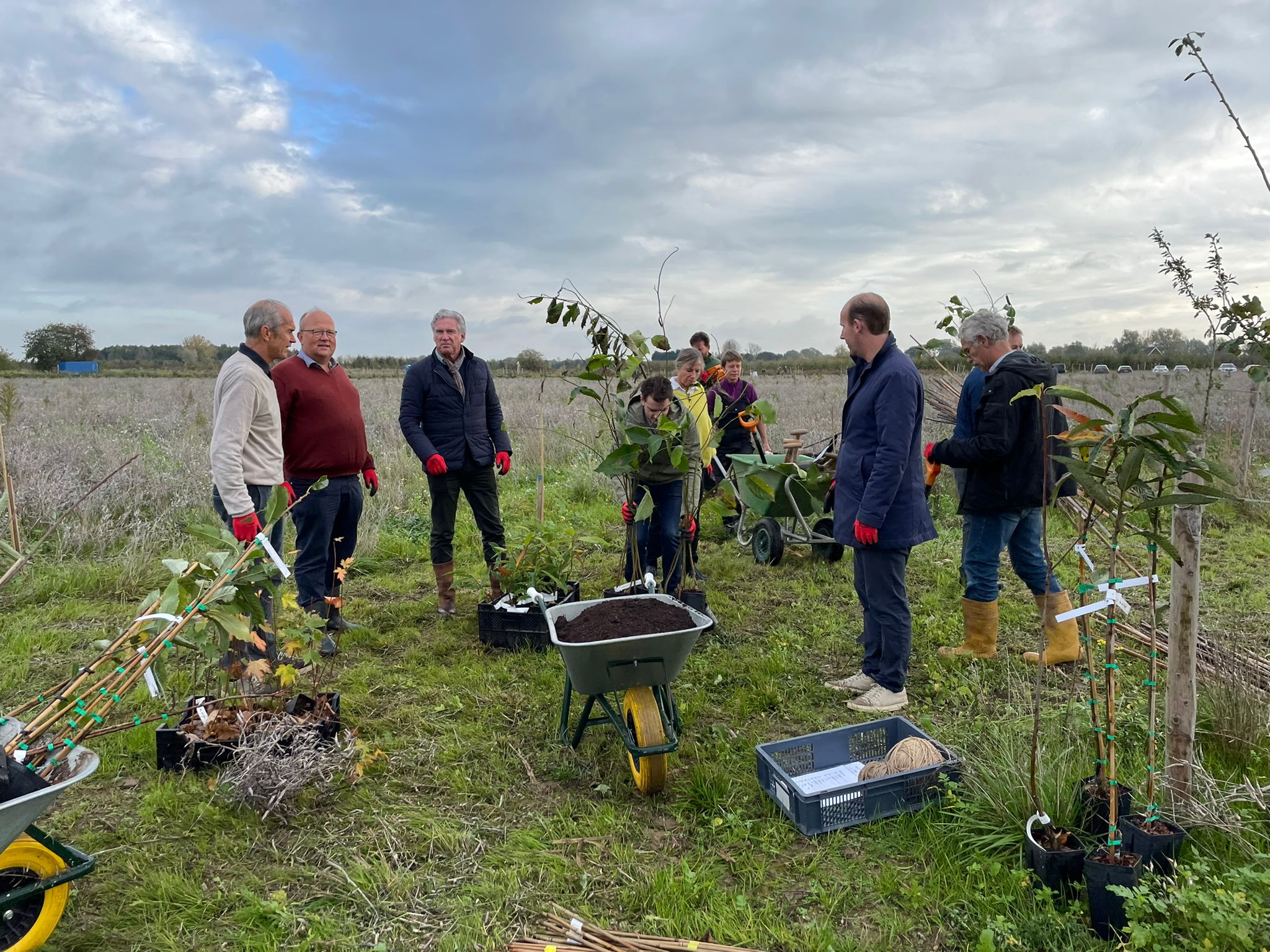Lingehout Food Forest
Have you ever wondered what it takes to maintain a food forest? Well, our partners can now tell you that it takes quite some effort!
From planting vegetables to weeding the fields to clearing out some brambles and plants that were preventing our trees from growing well, they experienced the full scope of tasks needed to properly maintain all trees and produce.
More than 9,000 trees have been planted in the Lingehout Food Forest and we will plant more in this season reaching more than 10,000, mantaining them for years to come.
Adopt trees to contribute to this project
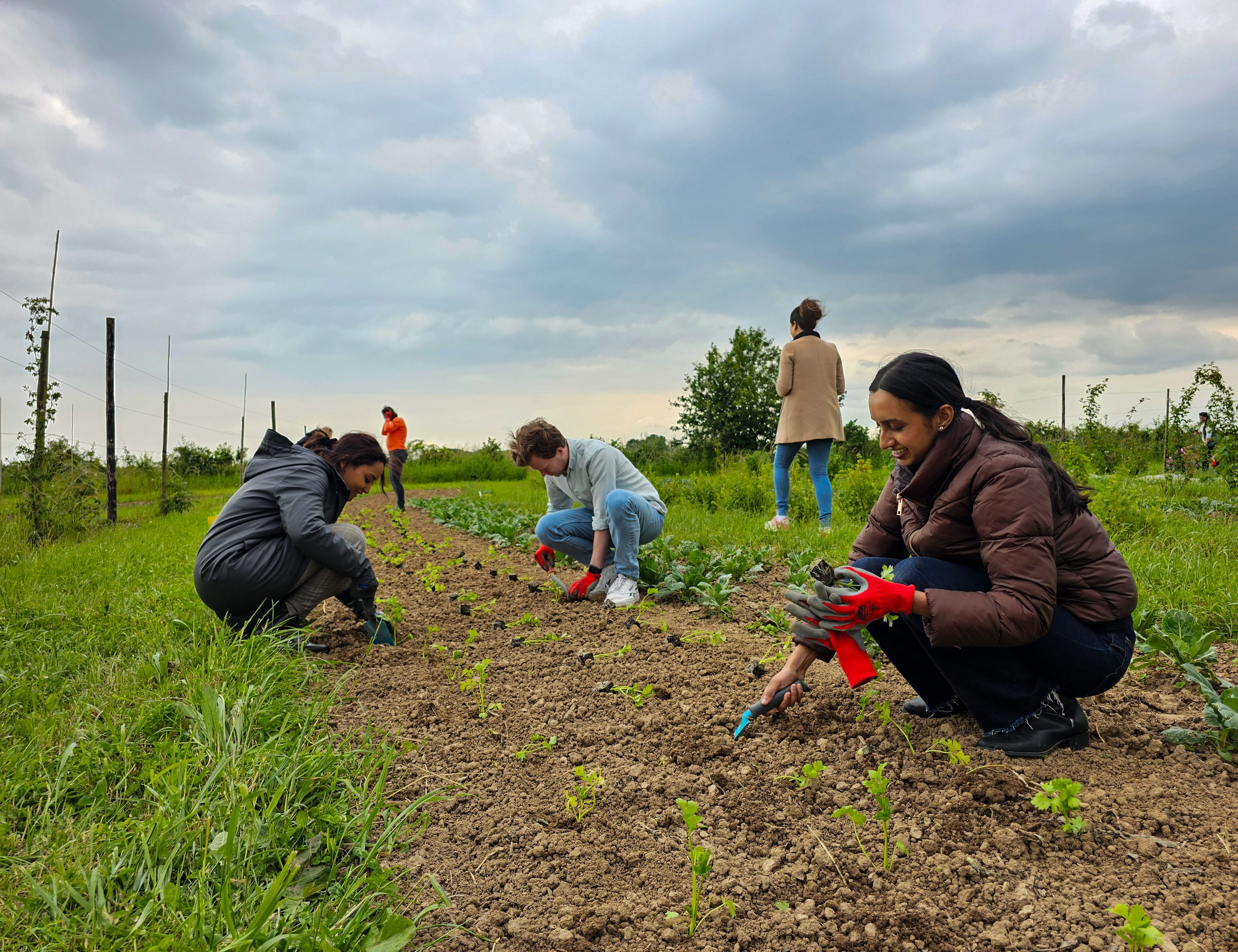
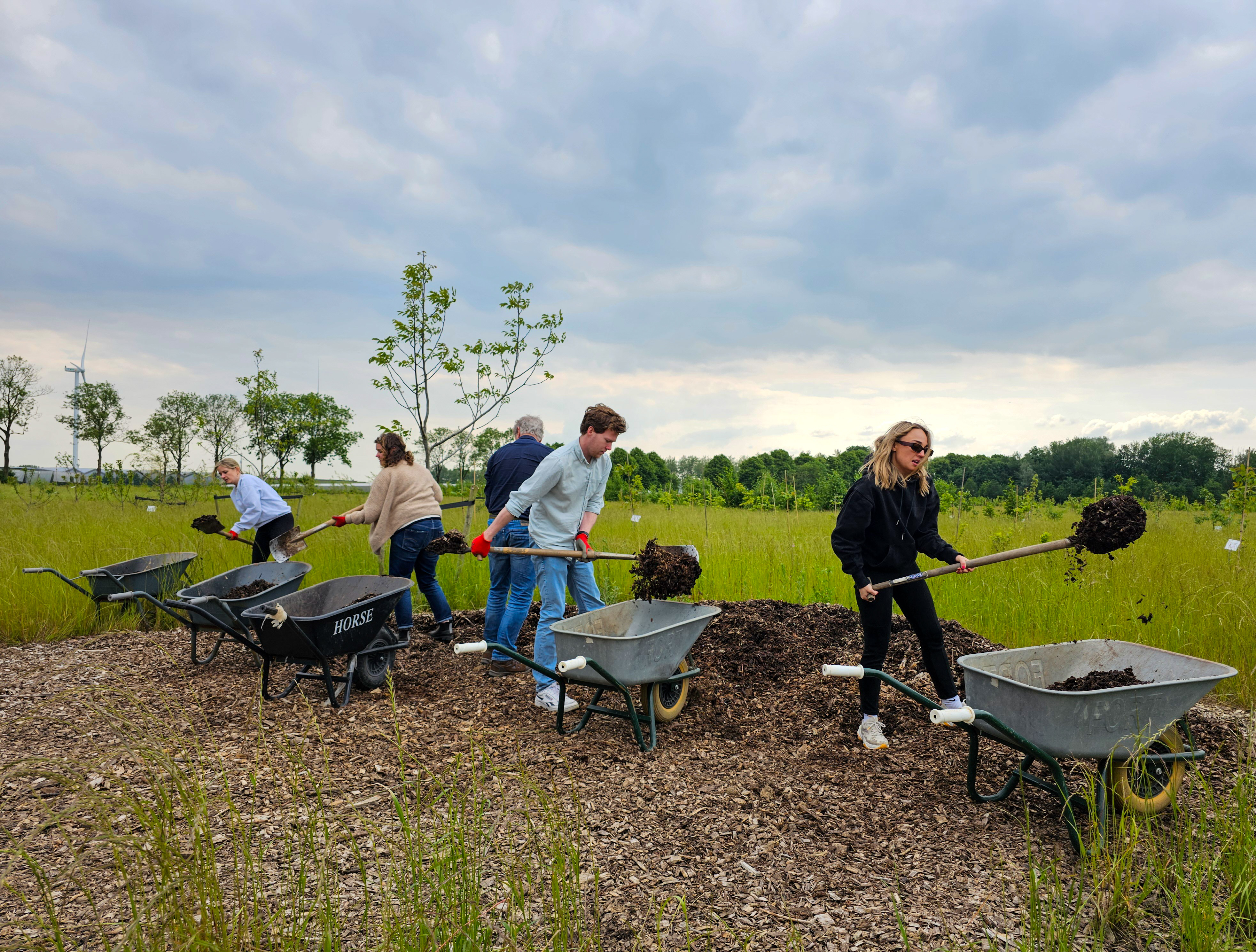
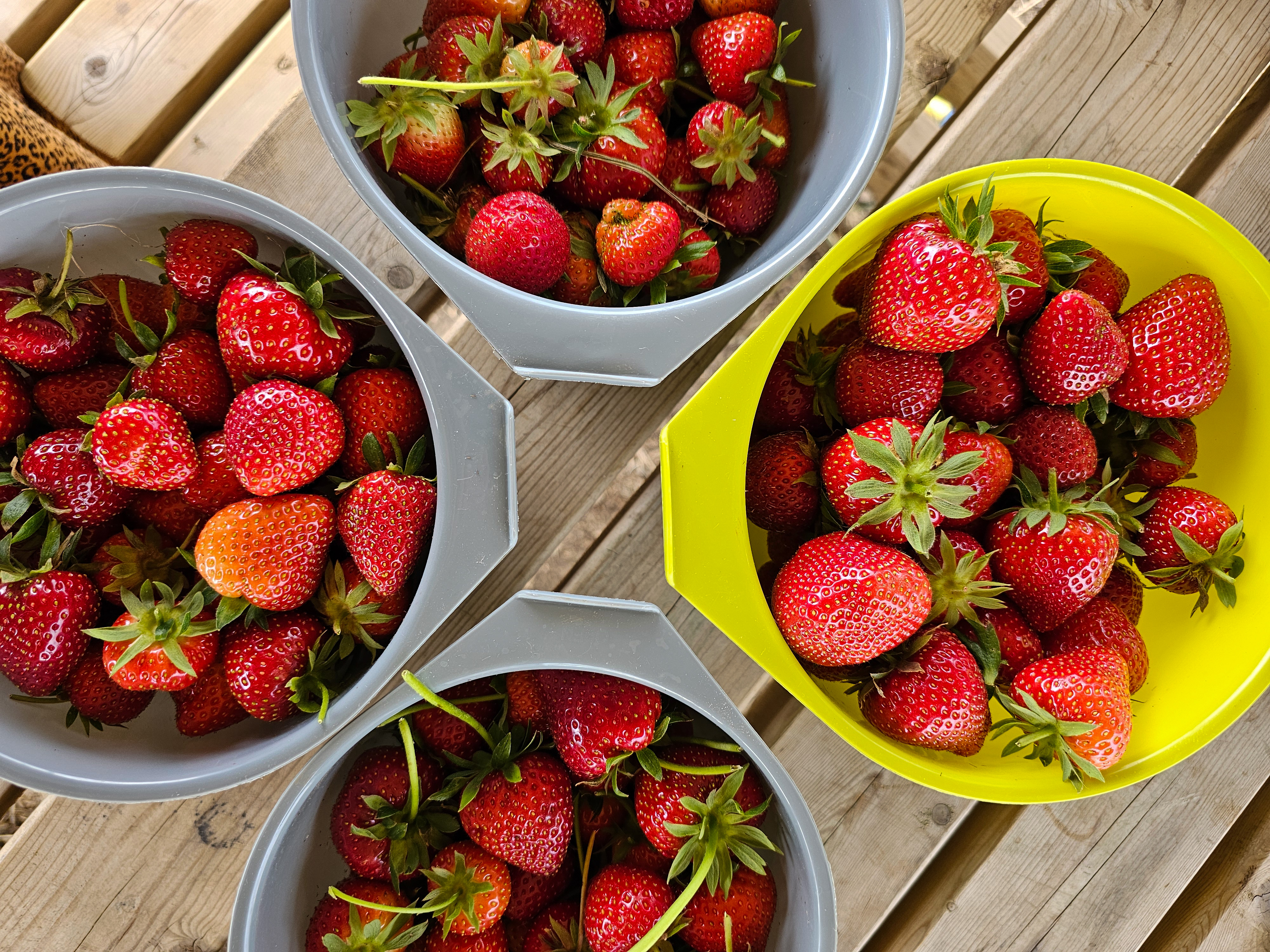
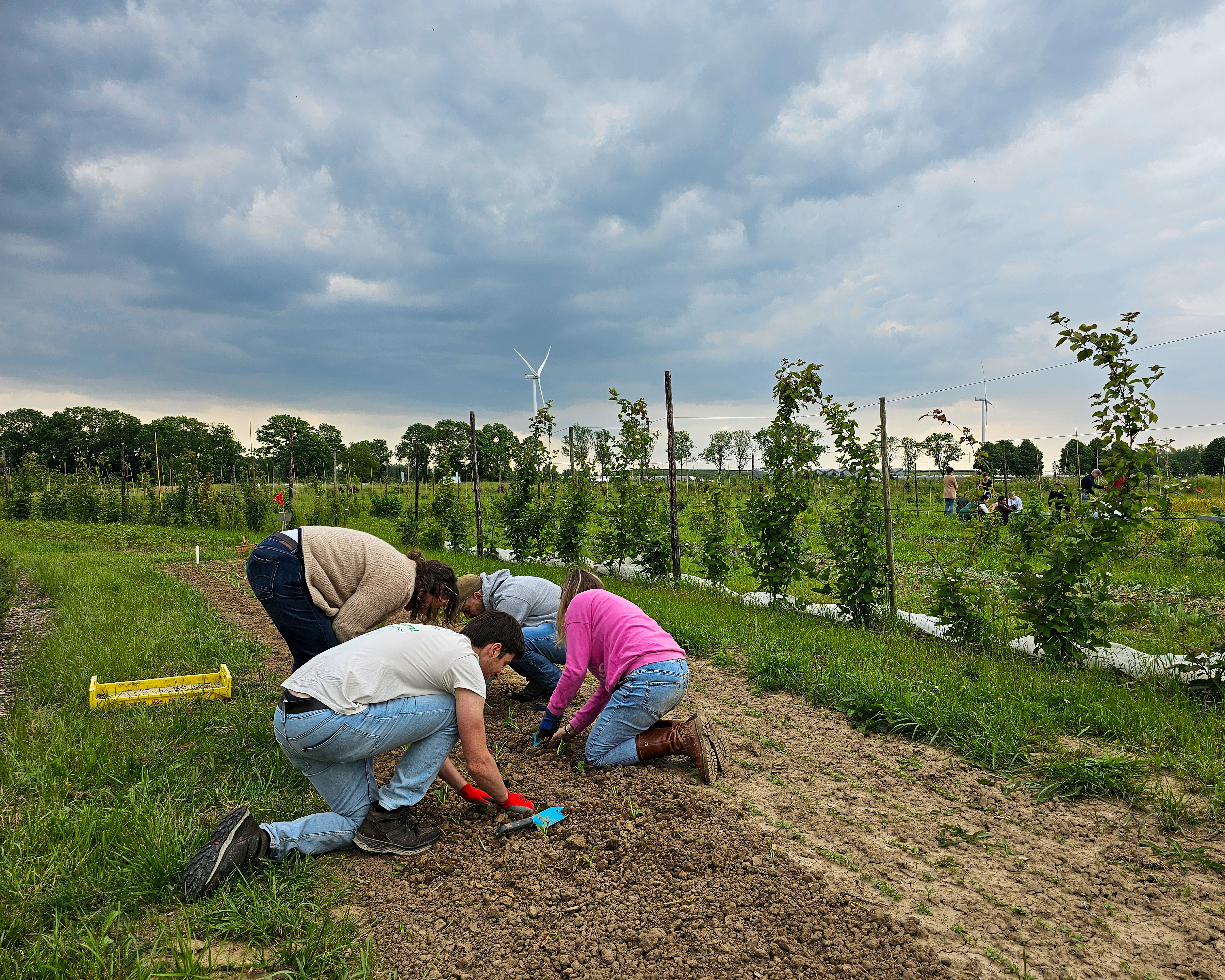
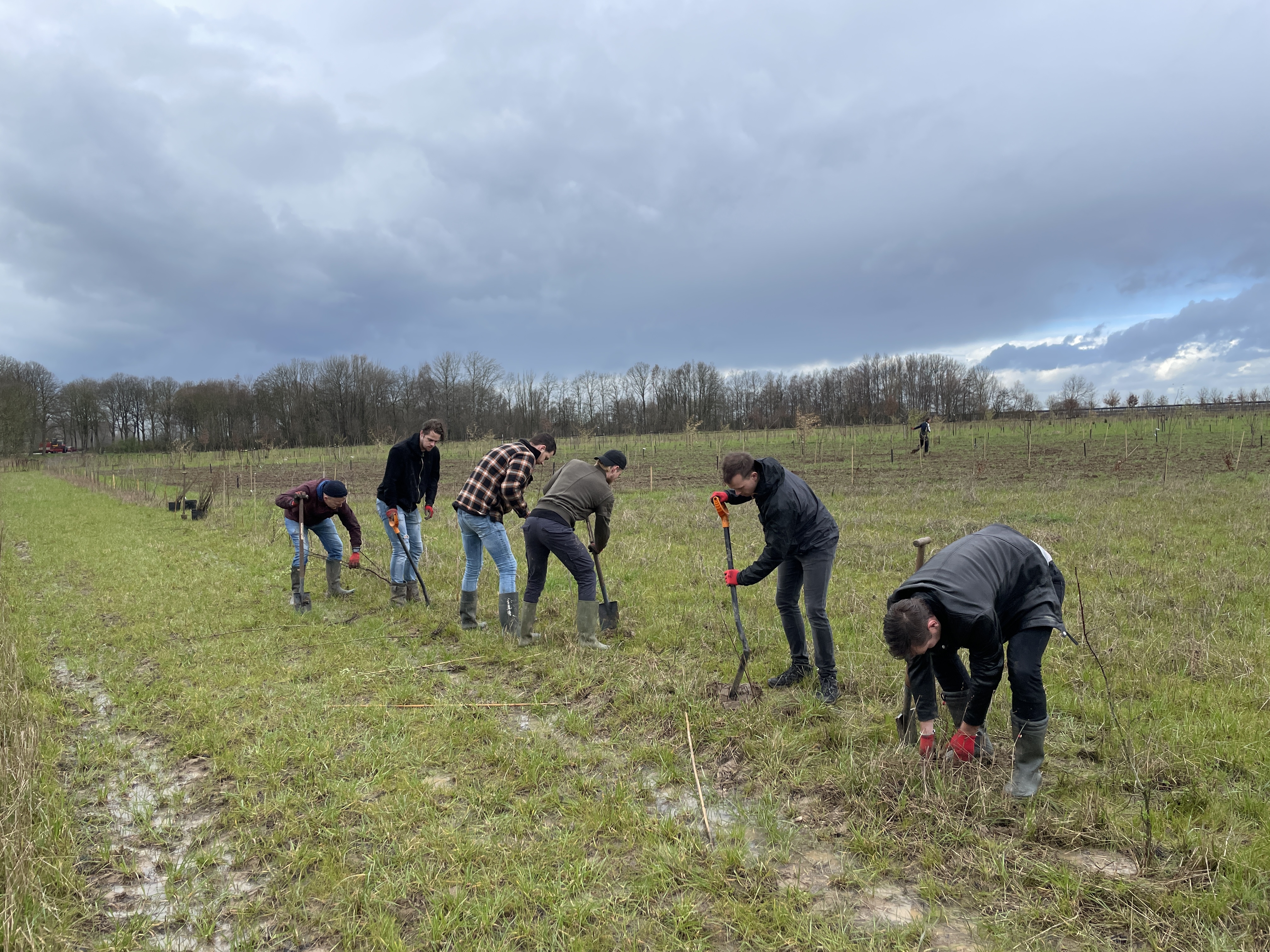
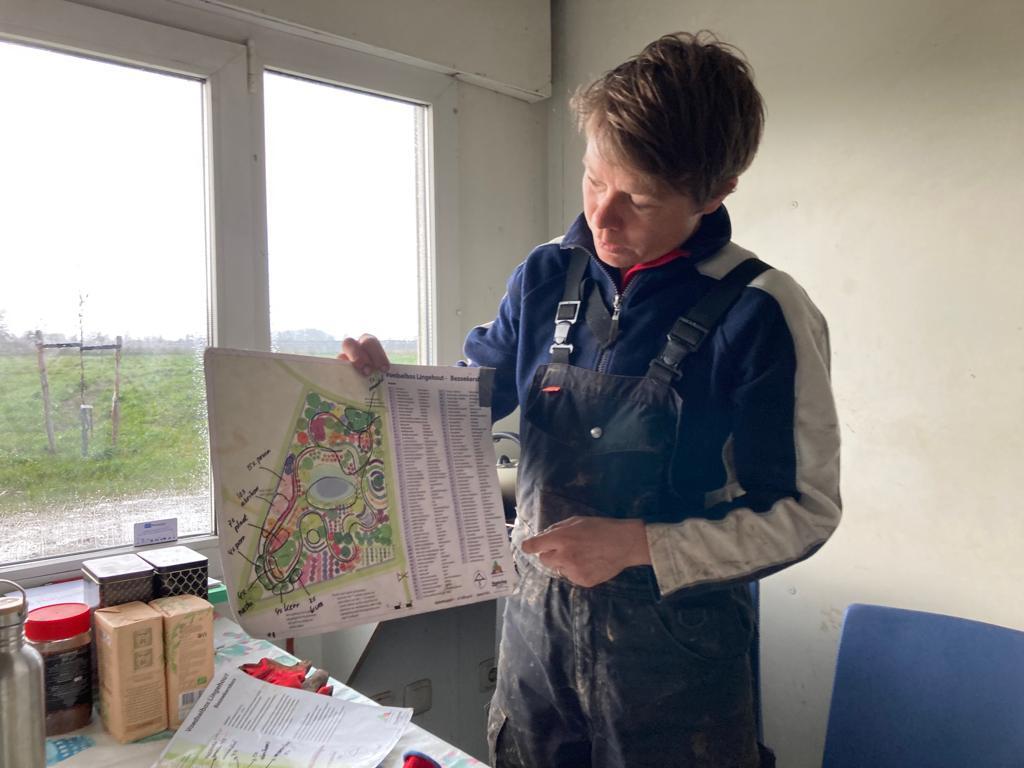
Plot information
The Lingehout plot is characterised by the typical Dutch climate. In spite of long, cold winters and an average annual temperature of 10.28°, the introduction of new trees has greatly changed the resilience of the soil and the environment. The region is home to 213 species of animals including amphibians, birds and mammals. The food forest in this plot was created with the idea of upgrading the cropland by adding biodiversity.
Animal and Weather impact
Even though the wet winter and spring have made the snail population boom and devastate some of the vegetables, their presence shows that the soil is already regenerating its biodiversity. In future, the restored biodiversity will create a balanced ecosystem that will hopefully prevent such booms and limit the maintenance needed.
Trees and shrub species
Over 75 different species of trees and shrubs have been planted by local volunteers at the agroforestry project Lingehout. This has helped to create a diverse and fruitful ecosystem that will not only increase biodiversity in the area but also provide fruits, nuts and other products for the local community. This way, the volunteers will eventually be able to pick the fruits of the trees that they have helped to plant!
Maintenance
The aim of this regenerative food forest is to require less maintenance than a “regular” agricultural field that is intensively farmed, watered and sprayed with pesticides. By designing a more organic and spontaneous system we help nature itself take its course!
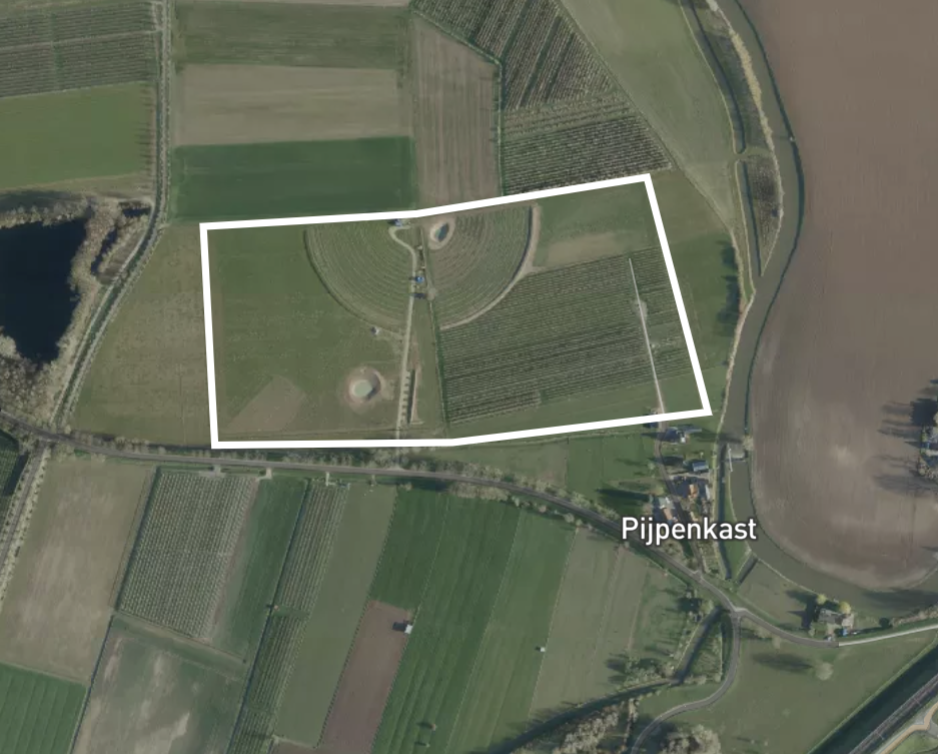
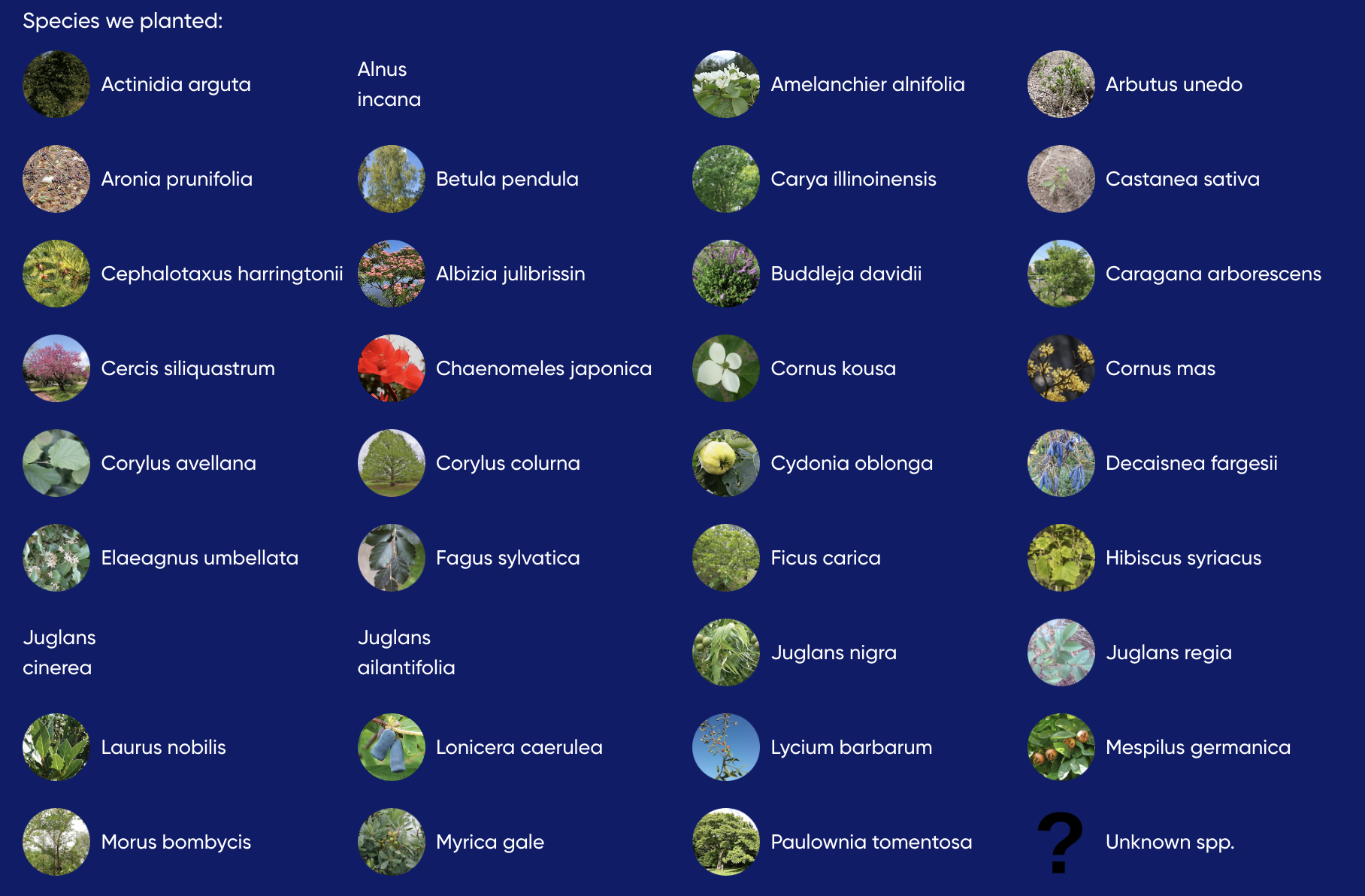
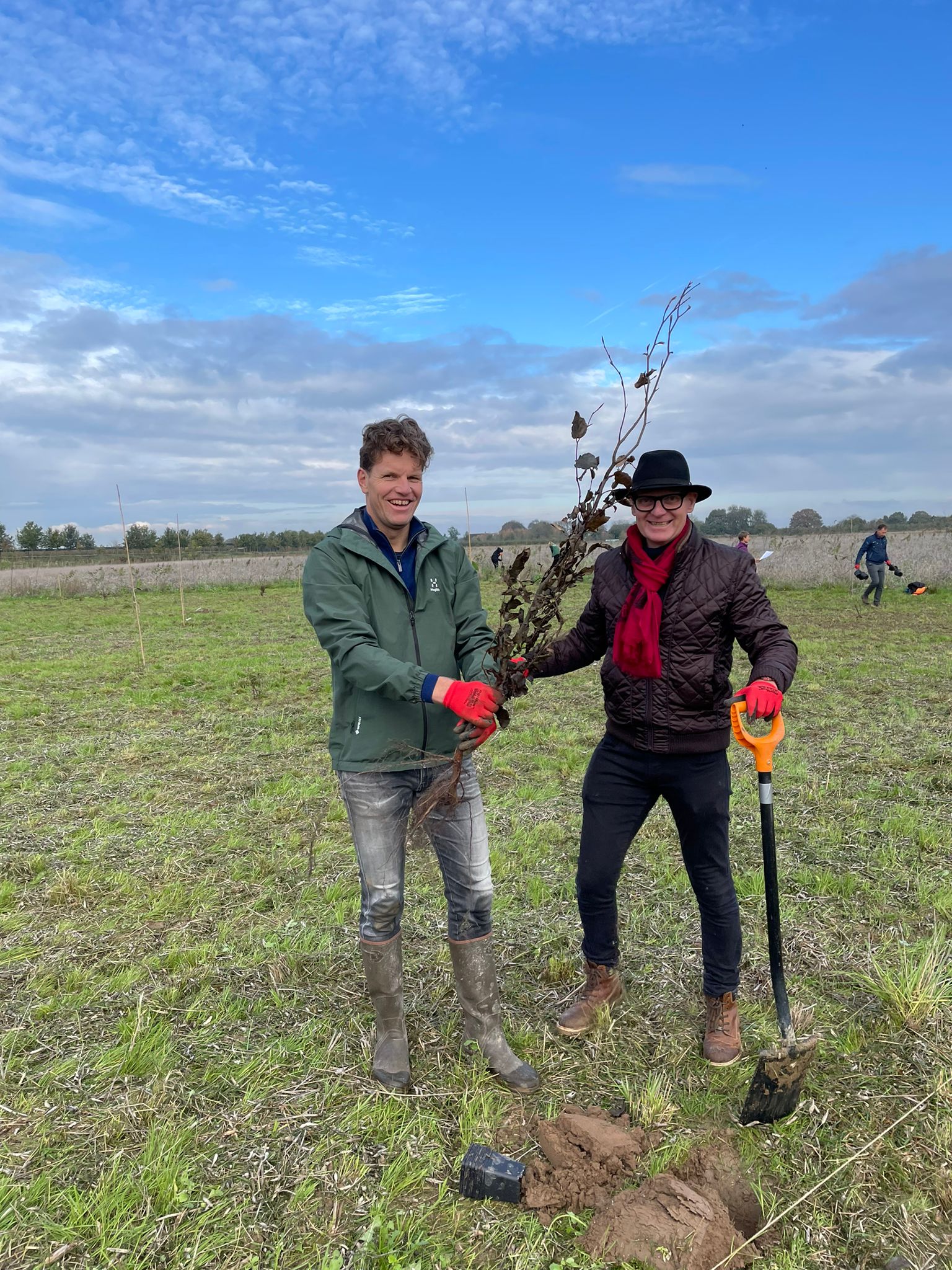
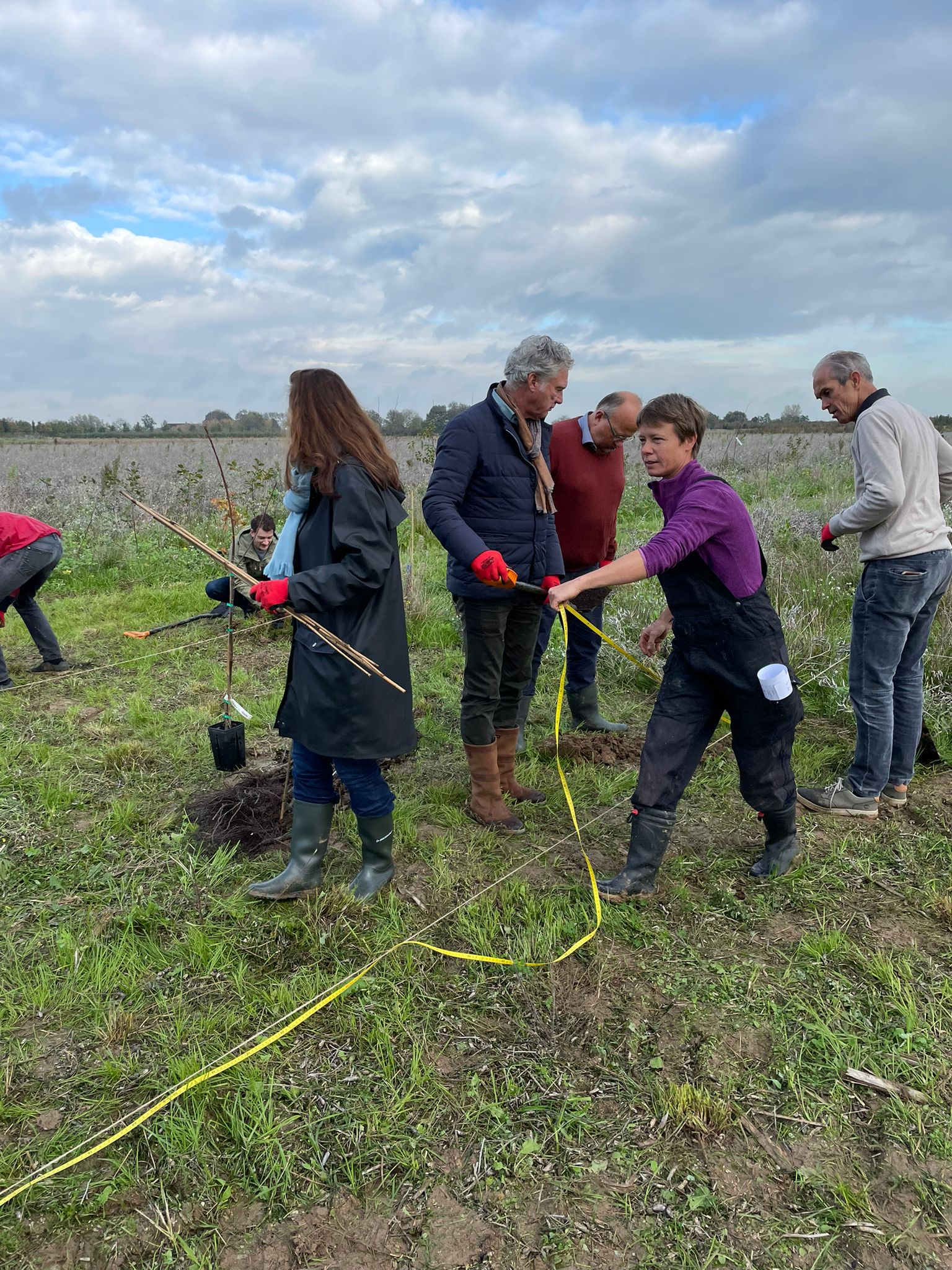
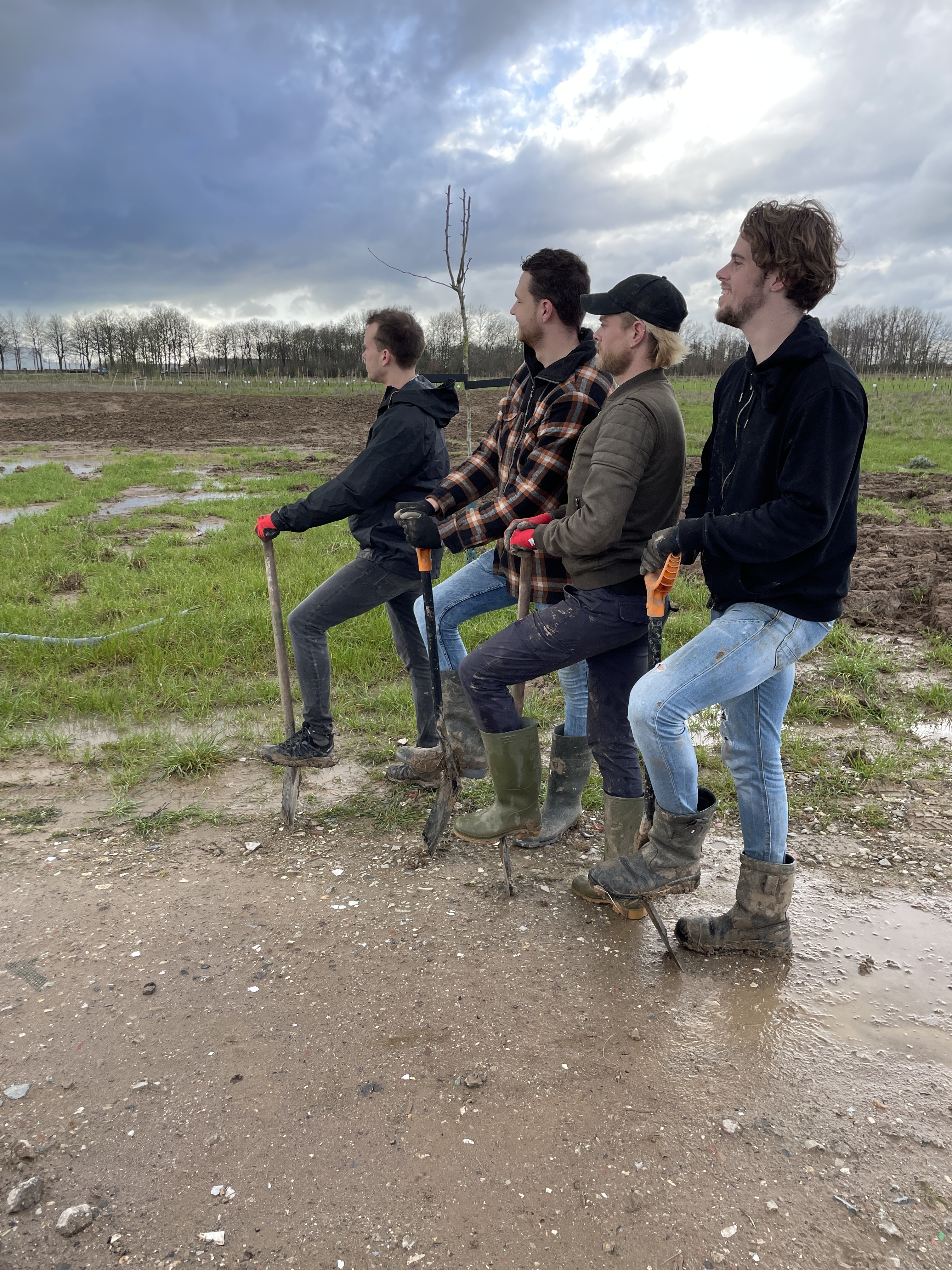
Adopt trees to contribute to this project
